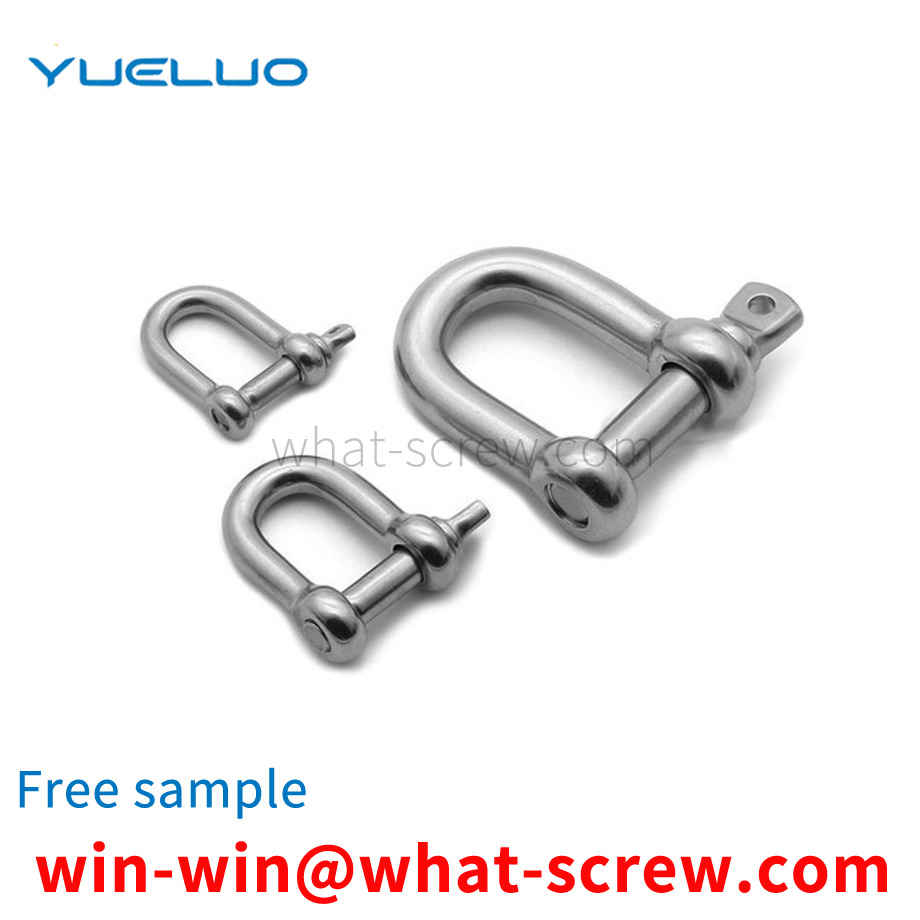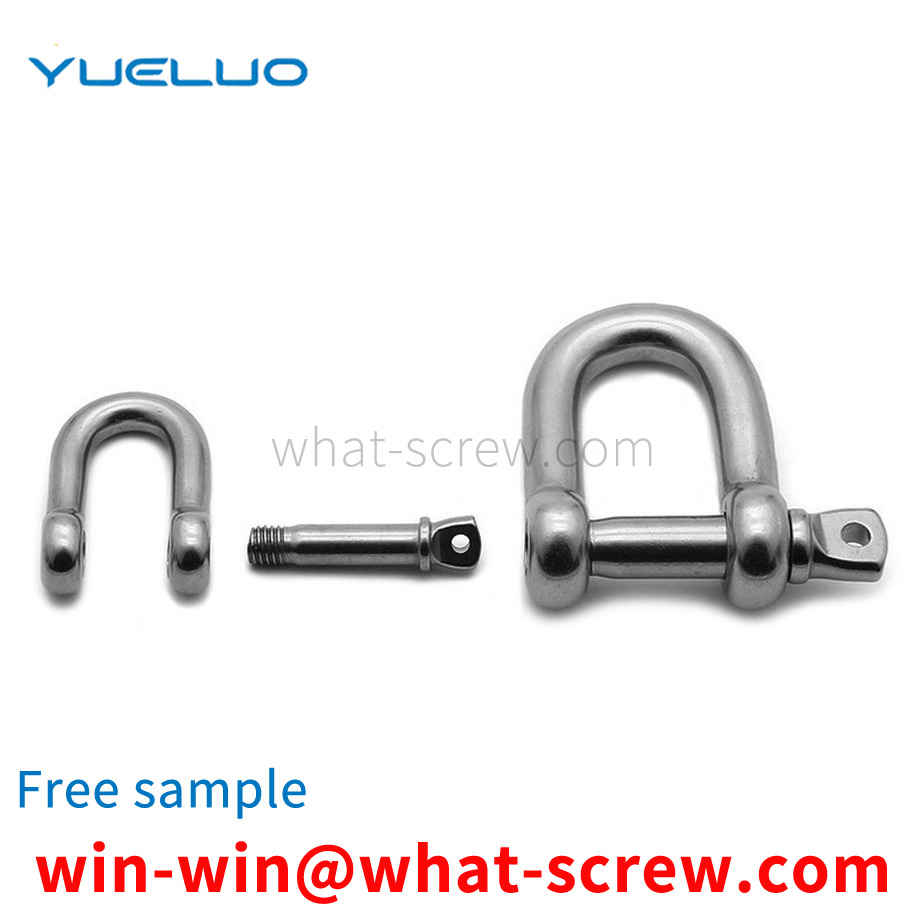The traditional dismantling of automobile girder rivets is mostly carried out manually, which has many defects such as long disassembly time, low disassembly efficiency, labor-intensive, time-consuming, labor-intensive, low operation safety, difficult protection, and easy injury.
The quality of electroplating is measured primarily by its corrosion resistance, followed by appearance. Corrosion resistance is to imitate the working environment of the product, set it as the test condition, and perform a corrosion test on it. The quality of electroplating products shall be controlled from the following aspects: 1. Appearance: Partial uncoated, scorched, rough, gray, peeling, crusted, and obvious stripes are not allowed on the surface of the product, and pinholes, pitting, and black plating are not allowed. Slag, loose passivation film, cracks, peeling off and serious passivation marks. 2. Coating thickness: The operating life of fasteners in corrosive atmosphere is proportional to its coating thickness. The general recommended thickness of economical electroplating coating is 0.00015in ~ 0.0005in (4 ~ 12um). Hot-dip galvanizing: the standard average thickness is 54 um (43 um for diameter ≤ 3/8), and the minimum thickness is 43 um (37 um for diameter ≤ 3/8). 3. Coating distribution: With different deposition methods, the aggregation method of the coating on the surface of the fastener is also different. During electroplating, the coating metal is not uniformly deposited on the peripheral edge, and a thicker coating is obtained at the corners. In the threaded portion of the fastener, the thickest coating is located on the thread crest, gradually thinning along the flank of the thread, and the thinnest deposit is at the bottom of the thread, while hot dip galvanizing is just the opposite, the thicker coating is deposited on the inside corners and On the bottom of the thread, mechanical plating tends to deposit the same metal as hot-dip plating, but is smoother and has a much more uniform thickness over the entire surface [3]. 4. Hydrogen embrittlement: During the processing and processing of fasteners, especially in the pickling and alkali washing before plating and the subsequent electroplating process, the surface absorbs hydrogen atoms, and the deposited metal coating then traps hydrogen. When the fastener is tightened, the hydrogen is transferred towards the most stressed parts, causing the pressure to build up beyond the strength of the base metal and producing microscopic surface cracks. Hydrogen is particularly active and quickly seeps into the newly formed fissures. This pressure-rupture-penetration cycle continues until the fastener breaks. Usually occurs within a few hours after the first stress application. To eliminate the threat of hydrogen embrittlement, fasteners are heated and baked as soon as possible after plating to allow hydrogen to seep out of the plating, typically at 375-4000F (176-190C) for 3-24 hours. Since mechanical galvanizing is non-electrolyte, this virtually eliminates the threat of hydrogen embrittlement, which exists in galvanizing using electrochemical methods. In addition, due to engineering standards, it is forbidden to hot-dip galvanize fasteners with hardness higher than HRC35 (Imperial Gr8, metric 10.9 and above). Therefore, hydrogen embrittlement rarely occurs in hot-dip plated fasteners. 5. Adhesion: Cut or pry off with a solid tip and considerable pressure. If, in front of the blade tip, the coating peels off in flakes or skins, exposing the base metal, the adhesion shall be considered insufficient.
The height of the existing assembly devices is fixed, and the height of the workers is different, so it is very inconvenient to use, resulting in a decrease in efficiency. With the progress of science and technology and the development of society, people have proposed higher assembly devices. Therefore, we propose a shaft card assembly device to solve the above problems.
Stainless Steel Nut Nut Self-locking Nut, Lock Nut, Lock Nut, Four-jaw Nut, Screw-in Nut Safety Nut, Thin Rod Screw Connection Nut, Self-locking Hexagonal Cap Nut, Special Ground Screw Nut, Hexagonal Crown Thin Nut , Lifting ring nut. [1] Fine pitch all-metal hexagonal flange face locking nut, all-metal hexagonal flange face locking nut, fine pitch non-metallic insert hexagonal flange face locking nut, fine pitch hexagonal flange face nut welding square nut, Welded Hex Nuts, Snap Nuts, Insert Round Nuts
Standard parts are commonly used parts, which are widely used in various mechanical structures. Among them, the T-track bolt is a common standard part. The existing T-shaped track bolts, especially those used in high-speed railways, are often installed in pre-buried tracks, and the T-shaped track bolts are not easy to install, which may easily cause positional deviation.
We have many years of experience in the production and sales of screws, nuts, flat washers, etc. The main products are: metal flat washers, full threaded bolts, mirror screws, round iron flat washers and other products, we can provide you with suitable fasteners for you solution.



















 Service Hotline
Service Hotline




